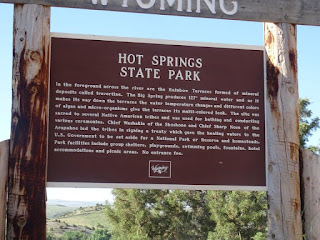Traditions are at the root of many of the memories I hold dear. Family traditions link us to the past. Local traditions epitomize the nature of a place. National traditions capture the heart of a nation. Never is this more true than at Christmas time. Christmas traditions in the US span the spectrum of festivities from observing the Advent to playing Secret Santa.
Here are a few of our favorite traditions. What is your favorite tradition? What will you travel for this season?
The National Christmas Tree
The National Christmas Tree sits south of the White House. It is surrounded by trees representing the each state, the territories, and the District of Columbia to form a Pathway of Peace. This tradition began with President Calvin Coolidge.
The National Christmas Tree sits south of the White House. It is surrounded by trees representing the each state, the territories, and the District of Columbia to form a Pathway of Peace. This tradition began with President Calvin Coolidge.
Christmas Markets
Christmas Markets are a fun way to capture the holiday spirit. My first experience with Christmas Markets began in Germany. Special treats and crafts are yours to enjoy among the holiday decorations.

Christmas Lights
Christmas lights are a very popular part of the modern American celebration of Christmas. The first strand was created by Thomas Edison in 1880. Today lights adorn house, community displays, boats and more. Extravagant displays have become tourist destinations.


























































